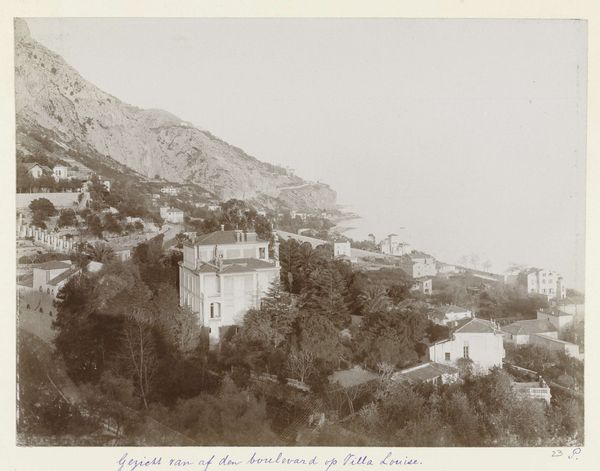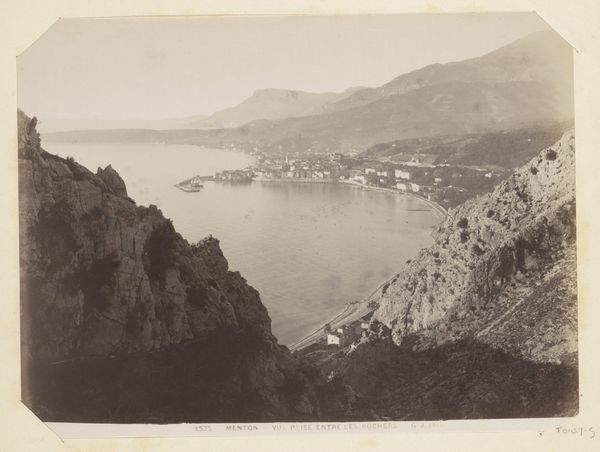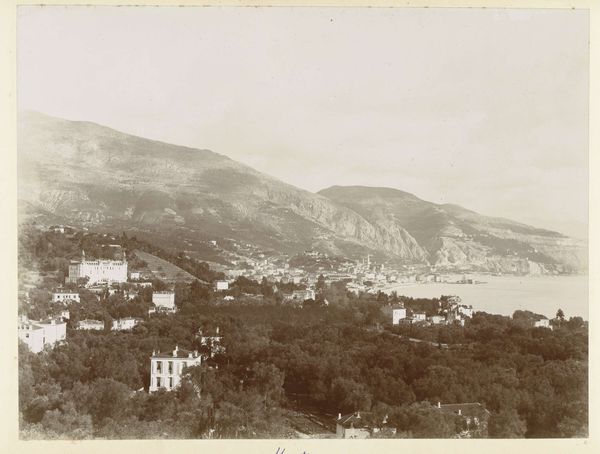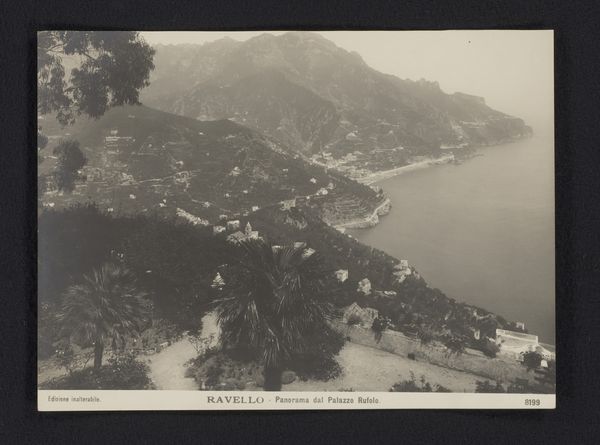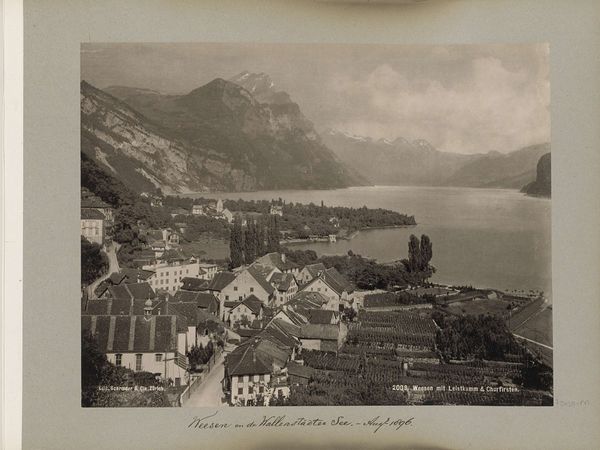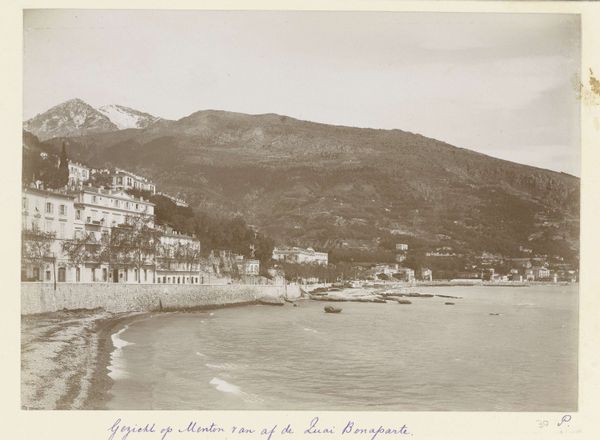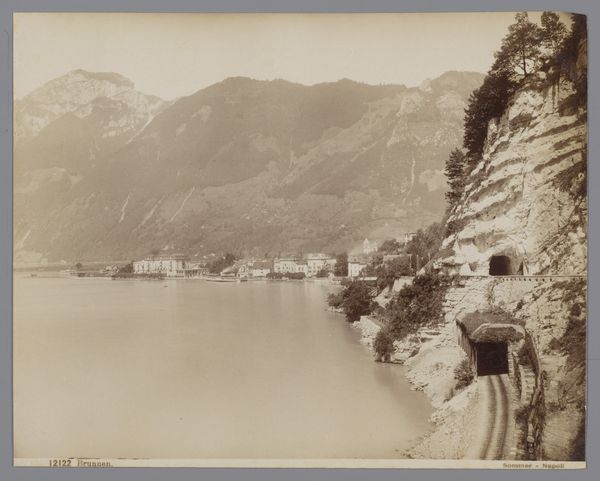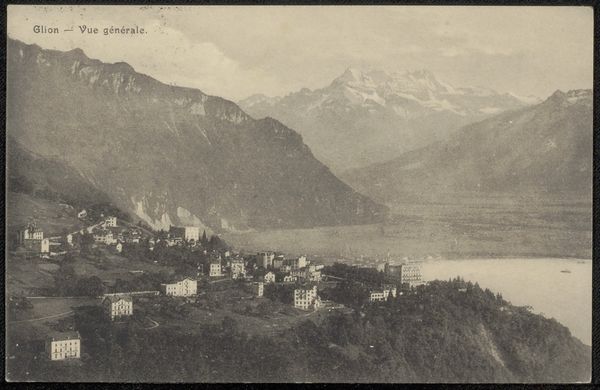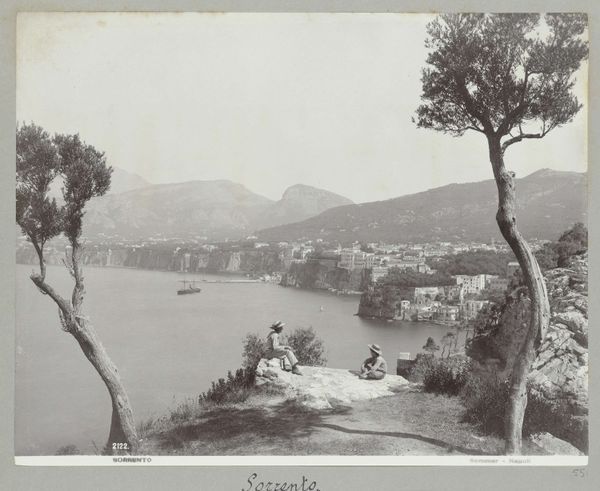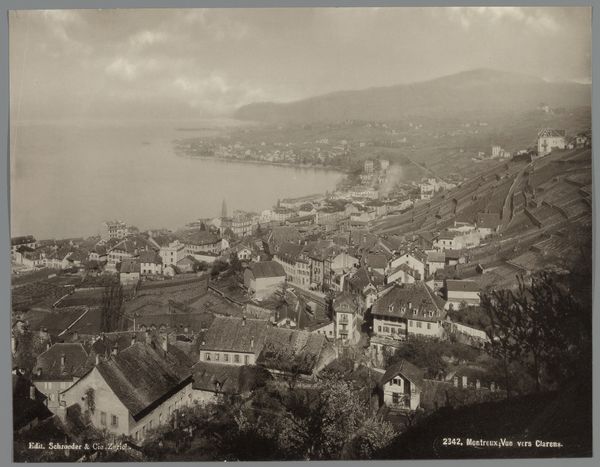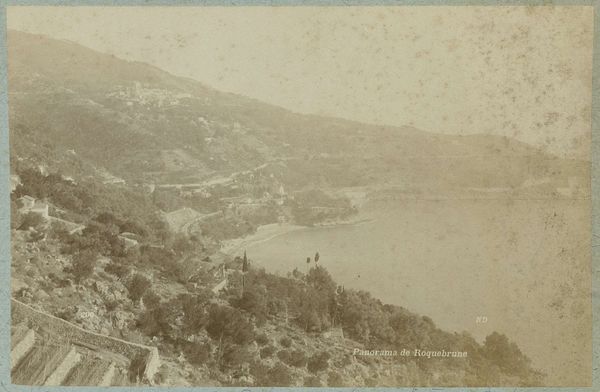
photography
#
still-life-photography
#
pictorialism
#
landscape
#
photography
Dimensions: height 164 mm, width 222 mm, height 322 mm, width 498 mm
Copyright: Rijks Museum: Open Domain
Editor: Here we have "View of the City of Monte-Carlo," a photograph taken around 1886 to 1896 by Henry Pauw van Wieldrecht, housed at the Rijksmuseum. It's a sepia-toned image and gives me a sense of wistful observation. What strikes you most about this photograph? Curator: The serene beauty it depicts belies a complex narrative. Consider Monte-Carlo at this time: a playground for the elite, fueled by capital and built, quite literally, on exploited labor. Does this image acknowledge that, or does it romanticize the landscape, obscuring those uncomfortable truths? Editor: That’s a stark contrast to my initial reading. I was simply taking it in as a pretty landscape photograph. Curator: Exactly. And that's the danger, isn’t it? Pictorialism, the style used, often aimed to elevate photography to the level of painting, emphasizing aesthetics. But at what cost? By focusing solely on beauty, it risks silencing the voices of those marginalized by the very structures that made Monte-Carlo possible. Who is missing from this picture? Editor: The working class, clearly. You only see the beautiful villas, the manicured nature. It definitely presents a selective, possibly even propagandistic view. Curator: Precisely. And this isn’t to condemn the artist, but to interrogate the image. How can we, as viewers, resist passively consuming idealized representations and instead seek a deeper, more critical understanding? How does photography serve specific social and political agendas? Editor: So it is not about what the artist intended but about what the photograph does in terms of reflecting a wider context. I never thought of landscape photography as having such complex undertones. Curator: Indeed. Images are rarely neutral. Examining them critically allows us to unearth hidden narratives and challenge dominant perspectives, opening the way to critical dialogue and perhaps social action.
Comments
No comments
Be the first to comment and join the conversation on the ultimate creative platform.
